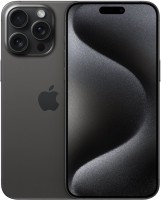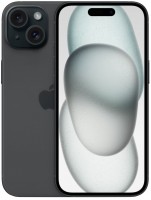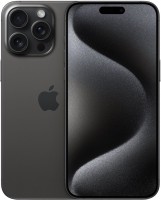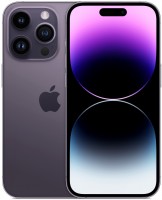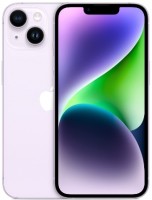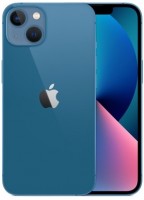Mobile Phones Apple series iPhone 14
Apple iPhone 14
Recently, Apple has rarely indulged in innovation, preferring to build a customer-friendly ecosystem brick by brick, in which watches, smartphones and other electronics interact with each other, simplifying the user's life. In the 14th generation of the iPhone, the main innovations were in the field of health. In particular, the Crash Detection function has appeared, which automatically sends alerts to emergency response services if the owner of the smartphone has an accident. The very fact of a traffic accident is recorded by an accelerometer and a gyroscope. Also, the 14th generation of iPhone has acquired support for emergency satellite communications, which will allow you to send an Emergency SOS message in areas without mobile coverage.
 |
Naturally, Apple engineers have worked on the main camera. Compared to the iPhone 13, the new generation is equipped with larger, improved sensors with increased aperture, as a result of which the quality of night shooting has been significantly improved. Apple also added a new smart feature to the camera module called Photonic Engine, which uses Deep Fusion complex neural networks for pixel-by-pixel processing of photos: it simultaneously equalizes clarity, reduces grain, optimizes texture and reduces noise. When shooting video, there is a new Action Mode for recording dynamic videos with improved stabilization. And the front camera has an autofocus function.
Outwardly, this is actually the same smartphone as it was a year ago: a glass case, a metal frame and IP68 water protection. In the role of the brain, a modified A15 Bionic processor is used, in which the performance of the video core has almost doubled. The iPhone 13 had a great 6.1-inch OLED display, so it wasn't actually touched.

